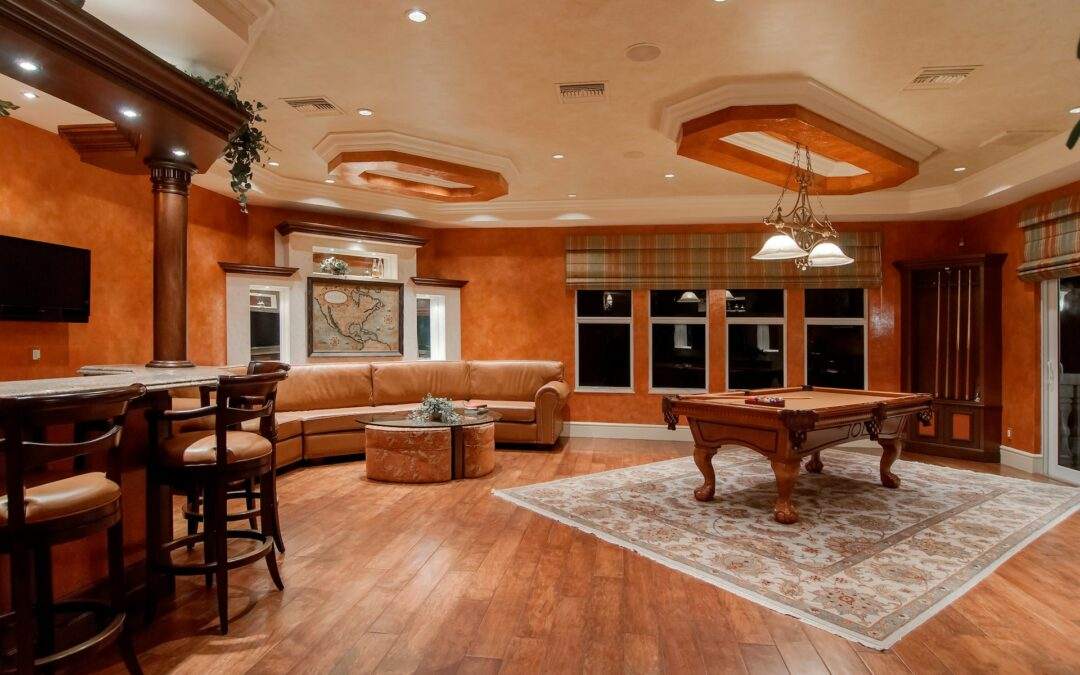Building a custom home is a dream come true for many people. However, it can quickly become a nightmare if you do not have a well-thought-out budget. A budget helps you manage your expenses and ensures that your dream home turns out just as you envisioned.
In this article, we will provide you with a comprehensive guide to building a budget for your custom home so that you can avoid any financial surprises along the way.
Step 1: Determine Your Total Budget
The first step in creating a budget for your custom home is determining how much you can afford. This will involve looking at your current financial situation, income, savings, and debts. You should also consider any future expenses, such as college tuition for your children or retirement planning.
One useful rule of thumb is to allocate at most 25-30 % of your gross monthly income on housing costs, including mortgage payments, property taxes, and insurance. Remember that this percentage may be higher or lower depending on your circumstances.
Step 2: Research Local Building Costs
Once you know your total budget, it’s time to research local building costs. This will give you a better understanding of how much it will cost to build your custom home in your desired location. You can start by contacting local builders and asking for their price per square foot or searching online for cost estimates.
Keep in mind that the cost of building a custom home can vary greatly depending on factors such as the complexity of the design, the materials used, and the labor market in your area. As such, gathering as much information as possible is essential to make an informed decision.
Step 3: Allocate a Contingency Fund
When building a custom home, it’s crucial to have a contingency fund set aside for unexpected expenses. This fund will help to cover any unforeseen costs, such as changes to the design, additional permits, or construction delays. A general rule of thumb is to allocate 10-15% of your total budget to a contingency fund.
Step 4: Break Down Your Budget into Categories
After you clearly understand your total budget and local building costs, it’s time to break down your budget into categories. This will help you to prioritize your spending and ensure that you allocate sufficient funds to each aspect of your custom home. Some common budget categories include:
- Land Acquisition: This includes the cost of purchasing the land and any fees associated with the transaction, such as closing costs and real estate agent commissions.
- Site Preparation: This covers the costs of preparing the land for construction, including clearing trees, grading the land, and installing utilities.
- Design and Permits: This category includes the fees for an architect or designer and any necessary permits and inspections required by your local jurisdiction.
- Construction Costs: This is the largest portion of your budget and includes everything from materials and labor to construction management fees.
- Interior Finishes: This category covers the cost of items such as flooring, cabinetry, countertops, and lighting.
- Appliances and Fixtures: This includes the cost of appliances, plumbing, and electrical fixtures.
- Landscaping: This covers the cost of installing and maintaining your yard, including plants, trees, and hardscaping.
Step 5: Monitor and Adjust Your Budget Throughout the Process
As you progress through building your custom home, keeping a close eye on your budget is essential. This will allow you to identify areas where you may overspend and adjust as needed.
Be prepared to revise your budget as necessary, and communicate openly with your builder to ensure they understand your financial constraints.
Conclusion
Building a custom home is a thrilling and fulfilling experience that requires careful planning and budgeting to ensure a successful project. A clear budget will help you make smart decisions throughout the process and avoid unnecessary costs.
It is also essential to have realistic expectations and be aware of the potential risks that can arise throughout the project. With a comprehensive plan and budget, you can ensure that the custom home-building process will run as smoothly as possible.
Riding Homes is the premier provider of quality homes and neighborhoods. We are proud to have a customer-focused team striving to be one of Utah’s best home builders. If you want a quality home and you’re looking for reliable home builders in Utah, we can help you. Contact us today to learn more and get started!

